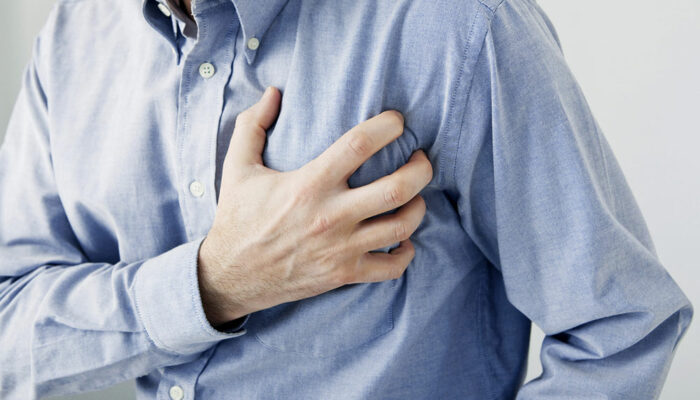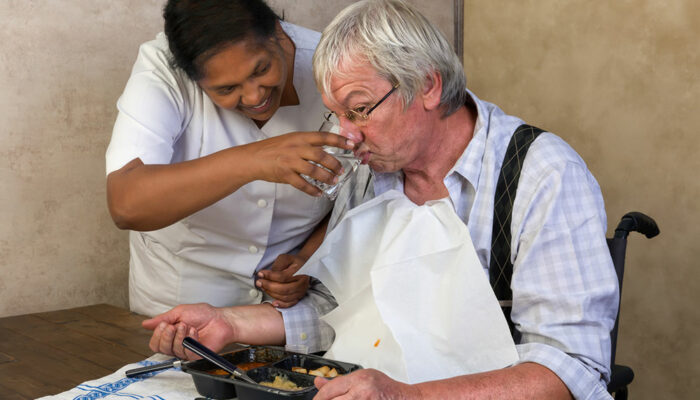
An overview of breast cancer
Any type of cancer is when a specific kind of cell, anywhere in the body, becomes malignant and multiplies exponentially, causing the malignant tissue that contains the diseased cells to spread. Biologically, cells divide, break, and multiply for the execution of various functions in the body, but this multiplication is controlled by the brain and the respective organ that the cell is a part of. A cell or a tissue being malignant means this multiplication becomes uncontrollably or, in laymen’s term, the cell or the tissue becomes rogue. Another characteristic of such rogue cells is that their life span is higher than the life span or endurance level of a normal cell. Both these characteristics of these cells are interconnected.
Causes
Breast cancer is caused due to lumps found in the breast, which develop due to the unusual multiplication of the cells and due to mutation that takes place in the gene responsible for cell growth. The breasts consist of two parts:
- Lobules are the parts of the breasts that are responsible for producing milk.
- Ducts are the veins that get the milk from the lobules to the nipple.
These are the two places where breast cancer forms most of the time. Apart from these areas, cancerous cells are also found in the fatty tissue, from where the ailment can reach the lymph nodes underneath an individual’s arms.
Diagnosis
It is very important that one examines their breasts for lumps or tissues that may feel hard to touch. The biggest disadvantage of the ailment is that the symptoms are not very visible in the initial stages. Also, it is to be noted that not all lumps are malignant, which means it is best to consult a doctor for a proper diagnosis and to know how to address the issue. Here are some other signs of warning of breast cancer:
- The lump, or the breast itself, being painful.
- In some cases, the breast skin may turn red, like it has a rash, and may also form small pits, giving an illusion that the outer layer of the skin is dry and scaled.
- In a later stage of the ailment, abnormal discharge may be experienced from the nipple.
A routine mammogram or an ultrasound is most recommended to be performed as part of one’s regular line of tests.
Treatment
Treatment of the ailment will be determined by the initial diagnosis done by one’s doctor. The size of the tumor and a primary biopsy helps a medical professional to assess the stage and grade of cancer. Here are the treatment options for breast cancer:
- Surgery can be considered as the primary option as it ensures condolence eradication of the ailment. Also, it has become an accessible procedure that is executed with minimum hassle with the advancement of medical science.
- The alternate method recommended if the disease has reached severe stages is chemotherapy, which can be taken up either before or after surgery.
- Hormone therapy is another common treatment option undertaken to tackle breast cancer. Most leading hospitals in the country offer this treatment option to their patients.




